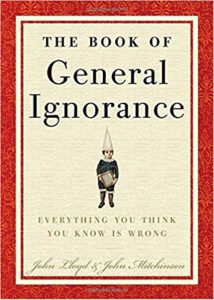Blogging to Help Make Them or Save Them Money

“Before we write a single post, we ask ourselves, ‘Does this help our readers make or save money?’” says Kathleen Garvin, editor and marketing strategist for finance blog The Penny Hoarder. “That’s key for us. We’re content creators, but we only want to publish a story if we think it’s truly helpful or interesting for our readers.”
“When developing content, keep in mind the three E’s of content: Educate, Entertain and Engage,” writes Dennis Wakeman of the Social Media Examiner.
Teaching is, in fact, a large part of what we blog content writers do. How does the product or the process work? How can the business owner or professional practitioner solve the problem?
In the broadest sense of the word, entertaining is part of the job for blog writers. No, you needn’t become a comedian, but unusual anecdotes, tips, trends, and tidbits help keep readers on site.
Getting people to actually connect with you and participate in the conversation is much harder than it looks, Wakeman admits. He suggests using polls and very specifically asking for comments. Whenever somebody actually clicks on a link, takes a poll, or posts a comment, he explains, that brings them closer to becoming a client or customer.
So what about helping readers make and save money? The personal finance blog Squawkfox.com was voted #1 blog in Canada, because it’s full of tips on de-cluttering, cutting spending, and staying within a budget. (In training career mentees, I would coach them, both on their resume and in the job interview, to tell their prospective employer how, in their summer jobs, they had saved their employer money, time, and hassle.) Similarly, at Say It For You, I teach writers to make the content about them, not about you and your business or practice!
So what about helping your own business or practice make money? Your call to action should point readers to the next point in the sales funnel, says ProBlogger. You might ask web visitors to subscribe to your newsletter or sign up for a free webinar so you can turn them into paying customers in the future
In blog content marketing, it’s all about helping readers make and save money!

 Should fliers be forced to watch the safety video? Most definitely, writes
Should fliers be forced to watch the safety video? Most definitely, writes 


Follow us online!